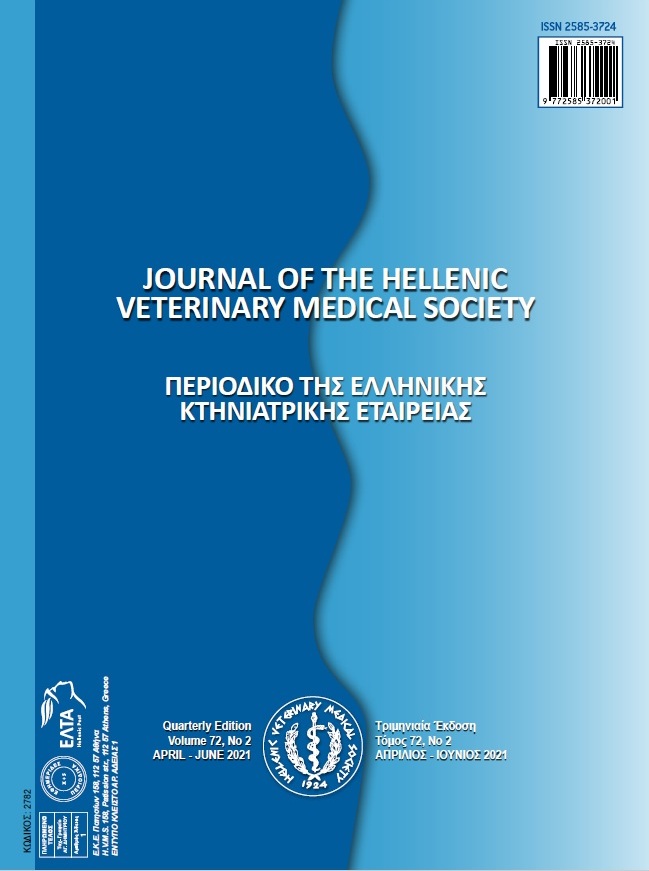Pharmacokinetics and plasma concentration of thiopental in normal and stressed chickens with hydrogen peroxide

Abstract
No previous study deals with hydrogen peroxide (H2O2)-induced oxidative stress (OS) and its influence on thiopental anesthesia, its plasma concentration and pharmacokinetic profile in 7-14 day old chickens. OS induction was made by the daily supply of H2O2 from day one to the completion of the experiments on day 14th of chickens’ age. Median Effective Doses (ED50s) of hypnosis and analgesia were revealed an increase in thiopental efficacy by 7 and 18%, respectively in the stressed chickens in comparison to the normal one. Thiopental plasma concentration was analyzed at time 0.5, 1, 2, 4 and 24 hours after its injection at 35 mg/kg, IP to be 91.42, 54.35, 38.27, 22.30 and 7.51 μg/ml in the normal chickens and increased significantly by 74, 84, 48, 85 and 82% to be 159.01, 100.06, 56.71, 41.30 and 13.63 μg/ml in the stressed chickens, respectively. Thiopental pharmacokinetics parameters, which included Area Under the plasma Concentration (AUC0-∞), Area Under the Moment Curve (AUMC0-∞), Mean Residence Time (MRT) and elimination half-life (t1/2β) were increased in the stressed chickens by 82, 94, 6 and 8%, as well as, Clearance (Cl), elimination rate constant (Kel), and Steady-State Volume of Distribution (Vss) were decreased in the same group by 33, 14 and 41%, respectively. The results of this trial concluded that OS status intensifies thiopental anesthetic action mainly by increasing its plasma concentration and altering the pharmacokinetics profile, suggesting veterinarians to bear in mind when preparing the dose of thiopental to be given to stressed animals.
Article Details
- How to Cite
-
MOUSA, Y., AMIN, S., & SHAABAN, K. (2021). Pharmacokinetics and plasma concentration of thiopental in normal and stressed chickens with hydrogen peroxide. Journal of the Hellenic Veterinary Medical Society, 72(2), 2961–2968. https://doi.org/10.12681/jhvms.27540
- Issue
- Vol. 72 No. 2 (2021)
- Section
- Research Articles

This work is licensed under a Creative Commons Attribution-NonCommercial 4.0 International License.
Authors who publish with this journal agree to the following terms:
· Authors retain copyright and grant the journal right of first publication with the work simultaneously licensed under a Creative Commons Attribution Non-Commercial License that allows others to share the work with an acknowledgement of the work's authorship and initial publication in this journal.
· Authors are able to enter into separate, additional contractual arrangements for the non-exclusive distribution of the journal's published version of the work (e.g. post it to an institutional repository or publish it in a book), with an acknowledgement of its initial publication in this journal.
· Authors are permitted and encouraged to post their work online (preferably in institutional repositories or on their website) prior to and during the submission process, as it can lead to productive exchanges, as well as earlier and greater citation of published work.


